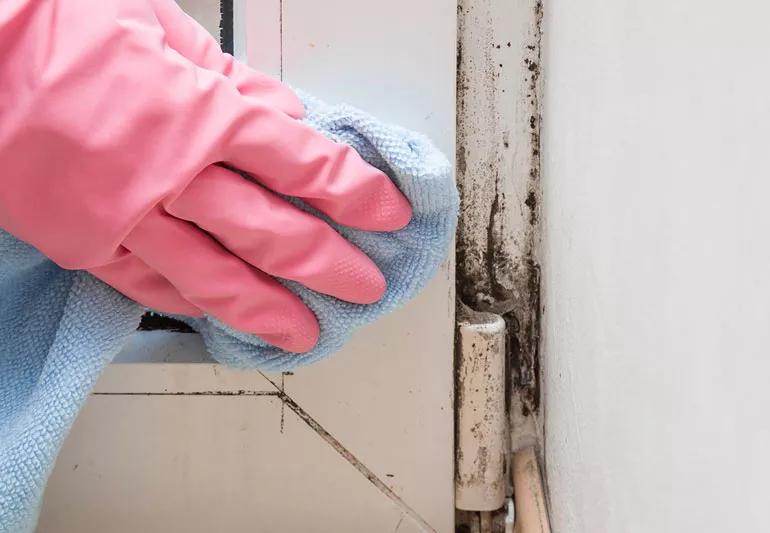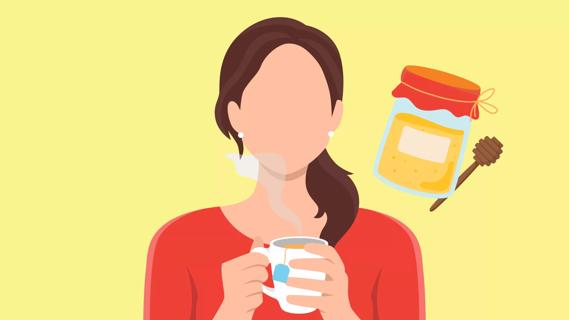What Happens When You Breathe in Mold? Mold Exposure Risks and Prevention Tips
Are you worried about the potential health effects of mold in your home? Mold exposure can lead to various breathing problems and other health issues. Learn about the risks and practical steps you can take to protect yourself and your family.
Understanding Mold and Its Impact on Your Health
Mold is a type of fungus that thrives in damp, warm, and humid environments. It reproduces through spores that can become airborne and easily inhaled. Exposure to mold spores can trigger a range of health problems, from mild allergies to more severe respiratory issues.
- Allergic Reactions: Mold spores produce allergens that can cause hay-fever-like symptoms, such as itchy eyes, runny nose, and asthma.
- Respiratory Infections: Persistent exposure can lead to respiratory infections, affecting your sinuses and lungs.
- Irritation: Mold spores can irritate your airways, causing burning sensations and bleeding in your mucus membranes.
Symptoms of Mold Exposure: What to Watch For
The symptoms of mold exposure can vary widely from person to person. Children, older adults, and individuals with compromised immune systems are particularly vulnerable. Recognizing the symptoms early can help you take prompt action.
Common symptoms include:
- Sore throat and bleeding gums.
- Runny, itchy, or stuffy nose.
- Nosebleeds.
- Difficulty breathing and wheezing.
- Coughing.
- Swelling or bleeding in the lungs.
In rare cases, mold exposure can lead to hypersensitivity pneumonitis, an inflammatory lung disease characterized by cough, shortness of breath, and fever.
Practical Tips to Minimize Your Risk of Mold Exposure
To protect yourself from the harmful effects of mold, it's essential to control mold growth in your environment. Here's how you can minimize your exposure risk:
- Control Humidity: Use an air conditioner or dehumidifier to maintain humidity levels below 50%. Regularly check humidity levels as they fluctuate with temperature changes.
- Ensure Ventilation: Make sure your home is well-ventilated. Use exhaust fans, especially in bathrooms, during and after showering.
- Use Mold-Inhibiting Products: Choose paints and bathroom cleaning products that contain mold inhibitors.
- Avoid Carpeting: Refrain from using carpets in bedrooms and bathrooms, as they trap moisture and promote mold growth.
- Remove Wet Materials: Promptly remove or replace carpets and upholstery that have been wet or soaked, as they are ideal breeding grounds for mold spores.
When to Consult Your Doctor About Mold Exposure Symptoms
If you experience symptoms of mold exposure, particularly after being in a mold-prone environment, consult your healthcare provider immediately. Provide them with detailed information about the mold's location and any symptoms you're experiencing, no matter how trivial they may seem.
Real-Life Scenarios and Solutions for Avoiding Mold
Consider these scenarios to better understand how to manage mold exposure effectively:
- Scenario 1: A homeowner notices a musty smell in their basement. They inspect the area and find mold growing on the drywall. Solution: The homeowner should immediately address the moisture issue, remove the mold-affected drywall, and ensure the basement is properly ventilated and dehumidified.
- Scenario 2: A renter experiences persistent respiratory symptoms that worsen at home. They suspect mold exposure. Solution: The renter should inform their landlord about their concerns and request a professional mold inspection. The landlord is typically responsible for addressing mold issues to ensure a safe living environment.
By taking proactive steps to control humidity, ensure proper ventilation, and promptly address any signs of mold growth, you can significantly reduce your risk of exposure and protect your health. If you suspect mold exposure is affecting your health, don't hesitate to seek medical advice.












